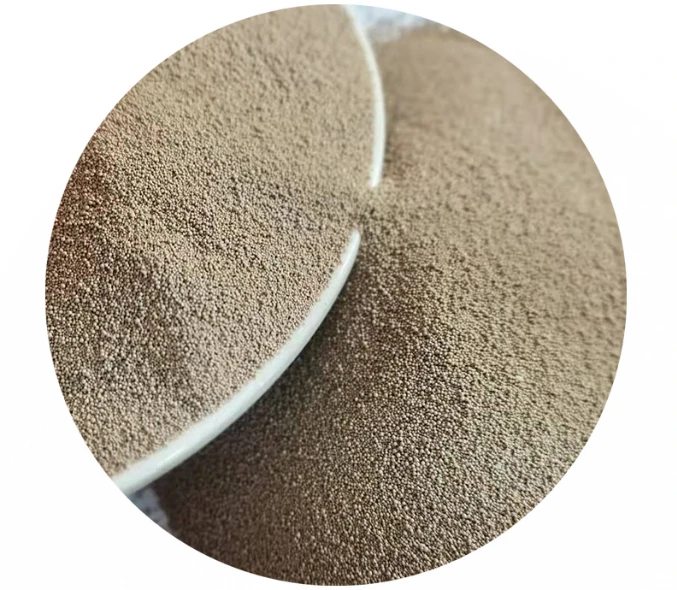

The choice between these sand types often hinges on the specific requirements of the casting process and the desired attributes of the final product. Factors such as the complexity of the design, required surface finish, and production scale must be carefully weighed. For small batch productions, particularly those requiring elaborate designs, resin-coated sand may offer the optimal balance between quality and cost. Conversely, for mass production of larger, less intricate components, green sand provides the economic edge needed to maintain competitiveness in the market. The evolution of sand casting sands is propelled by continuous research and development, aiming to balance cost, quality, and environmental impact. Recent innovations are exploring hybrid sands that integrate the benefits of multiple sand types, thereby expanding the possibilities for innovation in casting techniques. Furthermore, the advent of additive manufacturing technologies has inspired hybrid methodologies, incorporating traditional casting with 3D printed mold patterns to enhance precision and reduce lead times. In conclusion, the selection of sand in casting processes remains a cornerstone of quality assurance. Through experienced handling and informed choices, manufacturers can leverage the unique properties of each sand type to optimize their production lines. As the industry continues to evolve, staying afresh with the latest advancements in sand technologies will be critical for manufacturers aiming to maintain a sustainable and competitive edge. This holistic approach not only enhances product excellence but reaffirms a commitment to innovation and environmental stewardship. Post time:студ . 26, 2025 07:24
Next:types of sand used in sand casting
